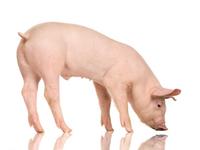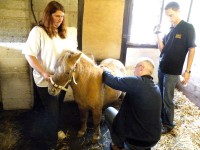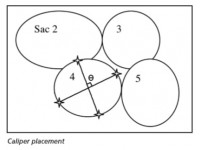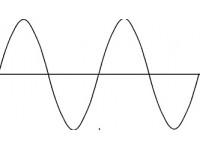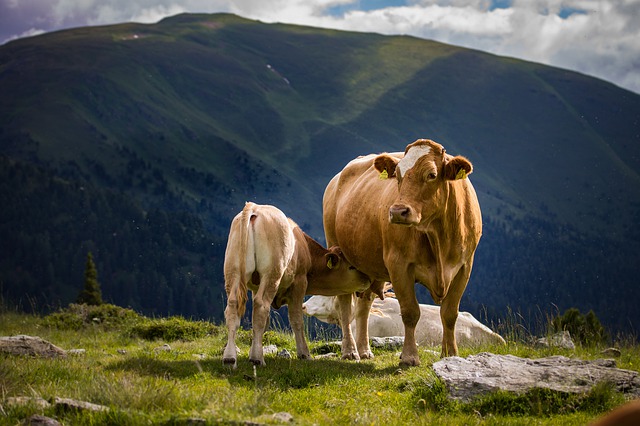Vet Image Solutions, passionate about ultrasound.
Blog by Vet Image Solutions
EQUINE LYMPHOMA AND ULTRASOUND IMAGING
Any equine veterinarians or breeders are likely to want as good an understanding as possible to spot any potential conditions or diseases that could affect their horses throughout their lifetimes. There are a number of techniques that help to increase our current knowledge of veterinary-related ailments and as has been previously discussed on our website, veterinary ultrasound is one such way in which to do this.
ANIMAL FEED NEED NOT BE 'BOARING’
This week we look at a slightly more ‘alternative’ role for ultrasonography within the veterinary species. Instead of using ultrasound waves to take images of the animal in question, ultrasound is used in swine food instead. Confused? Don’t be, just read on and all will become clear!
WHEN LABOUR GOES WRONG
This week the condition termed labour dystocia will be looked at, whereby the newborn is prevented from leaving the mother’s uterus during birth. This can have serious consequences for both the baby and the mother, and therefore needs to be identified and treated accordingly (Wikipedia).
AN ABSTRACT LOOK AT VETERINARY ULTRASOUND
One of the recurring themes that keep cropping up week after week is the lack of available information relating to veterinary science, particularly in both the research and clinical fields.
WHY DO HIGHER FREQUENCY TRANSDUCERS GIVE BETTER RESOLUTION?
Image resolution can be axial, lateral or temporal. Temporal resolution (or frame rate) is dependent upon your imaging area and the depth to which you are scanning, and is not frequency-dependent.
WHAT IS PULSE INVERSION IMAGING?
The new SonoScape S8Exp boasts pulse inversion imaging over the standard tissue harmonic imaging of the S8v. So what is it, and how does it work?

